DIY Guide: Building Your LiFePO4 Battery
SAVE MORE MONEY by assembling your LiFePO4 battery yourself!
What are the LiFePO4 (LFP Lithium Iron Phosphate) Batteries?
Lithium iron phosphate (LiFePO4 or LFP) is the safest of the common lithium ion (Li-ion) batteries. Compared to the more traditional cobalt-based lithium-ion batteries, they have the advantage of higher performance, faster charging, lighter weight and longer life. The battery also has better safety features and does not explode under extreme conditions.
LiFePO4 batteries use LiFePO4 as the positive electrode and graphite as the negative electrode. The nominal voltage of the battery is 3.2 V. It is worth noting that the nominal voltage of the lead-acid battery is 2.1 V, and in many cases the LiFePO4 battery is a perfect replacement for the lead-acid battery.
Common LiFePO4 battery types
Currently, there are three common types of LiFePO4 batteries: cylindrical, prismatic and pouch. Different types of batteries have some influence on performance. Currently, the most suitable battery DIY enthusiasts are the prismatic LiFePO4 batteries, which are very suitable for both performance and operational difficulties.
Advantages of LiFePO4 batteries
The advantages of LiFePO4 batteries are many:
1. with a service life of up to 10 years and more than 4000 cycles.
2. lighter weight and smaller size.
3. total lifetime cost is low.
4. supports fast charging and discharging.
5. allows 80% DOD or more discharge.
6. no memory effect.
7. low self-discharge rate.
8. very environmentally friendly and safe, requires little maintenance.
9. High temperature performance is guaranteed.
…
Important components in connection with LiFePO4 batteries
1. BMS
The battery management system (BMS) is a very important battery protection system. It prevents overcharging/overdischarging/overcurrent/overheating of the battery and can cut off the power in time if the battery is in a dangerous situation. At the same time, it can provide a partial balancing function to keep the LiFePO4 battery running longer.
BMS is important to prevent damage to large lithium-ion batteries. At the same time, BMS is also very safe as a device to protect the battery.
2. balancer
The balancer is another important device in a LiFePO4 battery pack. The balancer can maintain the charge balance of each cell in the battery pack for a long time, ensuring that the battery pack can be used normally for a long period of time.
3. busbars
Busbars are connectors used to connect different cells. Suitable busbars should be used to connect between LiFePO4 cells, which can maximise the performance of the battery. In general, the term “busbars” includes washers, nuts and bolts.
Connection of LiFePO4 Battery
There are two basic types of connections:
One is the series connection (S). The way the positive and negative electrodes of two different cells are connected is called series connection. This increases the voltage of the battery pack while the capacity remains the same.
The other option is the parallel connection (P), where the positive and negative electrodes of two different cells are connected in parallel. The result is that the capacity of the battery pack increases while the voltage remains the same.
Pure series and parallel circuits are of course only applicable to small LiFePO4 battery packs, and large LiFePO4 battery units are often connected both in series and in parallel. It should be noted that mixing batteries is not recommended. Only if the chemical properties and voltages are the same can battery mixing be considered. Some extreme situations can only be mastered by experienced electricians and must not be imitated by beginners.
Balancing and compressing LiFePO4 of battery
Balancing and compression of LiFePO4 batteries is a very important part.
The purpose of battery balancing is to equalise the amount of charge between each cell to ensure consistent performance of the whole battery pack, so that the battery pack maintains its performance and can be operated safely for longer. Generally, battery balance can be adjusted manually or by a balancer.
Battery compressing is the use of certain tools to keep the individual cells tightly connected. This is to prevent the cells from swelling during operation, which would affect the performance of the battery pack. It is also not difficult to compress the battery. In general, it is recommended to fill the gaps between the individual cells with a sponge or insulating plate and to cover the outermost layer of the entire battery pack with an insulating plate or insulating container.
Chargingf LiFePO4 Battery
A special charger must be used to charge LiFePO4 batteries.
Be careful not to use a lead-acid charger for charging as this will result in the LiFePO4 battery not being fully charged.
It is also important to note that LiFePO4 batteries must not be charged at temperatures of 0°C (32°F) and below, as this may damage the battery.
The difference between LiFePO4 battery and NMC/NCA battery
LiFePO4 batteries (LFP) are very different from NMC/NCA batteries, but both are lithium-ion batteries.
LFP battery: The rated voltage of each unit is 3.2V, the life span can reach more than 10 years, the number of cycles is more than 4000 times, and the safety is extremely high, but the energy density is relatively weak, most of them are 120~160Wh/kg, and some can reach 180Wh/kg. Suitable for use in the field of energy storage.
NMC/NCA battery: the rated voltage of each unit is 3.7V, the service life is about 3-5 years, and the number of cycles is about 2000-4000 times. The safety is worse than LFP battery, but the energy density is very high, it can reach more than 250Wh/kg, some can reach 350Wh/kg. Suitable for use as a power battery (electric vehicle).
Section Safety notes for the LiFePO4 battery
There is no doubt that the LiFePO4 battery is a very safe lithium-ion battery. Even if punctured or hit hard, it will not explode, which is an important reason why LiFePO4 batteries are so trusted.
Nevertheless, installation and maintenance of LiFePO4 batteries must be carried out by professional technicians, and the relevant safety regulations must be strictly observed during use. Non-professionals must not install and maintain the battery on their own, let alone misuse it.
Pay attention to the following when working with batteries:
1. it is strictly forbidden to touch the positive and negative terminals of the battery box with both hands at the same time.
2. wear protective equipment such as rubber gloves when handling the battery. 3.
3. it is strictly prohibited to use external force to hit, pierce or disassemble the battery and damage the battery system.
4. it is strictly forbidden to use or place the battery in high temperatures (in the sun or in a very hot car), in strong magnetic fields and in highly corrosive environments.
5. if the battery leaks or the electrolyte gets into your eyes, please do not rub it, but rinse your eyes with clean water and send it to a doctor immediately, otherwise your eyes will be injured.
6. if the battery shows odour, heat, discolouration, deformation or other abnormality during use, storage or charging, remove the battery from the unit or charger immediately and stop using it.
In case of fire, please use carbon dioxide or dry powder fire extinguisher to extinguish the fire.
LiFePO4 Battery Damaged
Of course, LiFePO4 batteries can also be damaged. These include transportation damage, construction damage and human-made damage. Human damage is the main reason, we should keep the battery healthcy and not use the battery abnormally.
Recycling LiFePO4 Battery
As an eco-friendly battery, LiFePO4 is undoubtedly recyclable. LiFePO4 batteries contain substances such as copper, cobalt and nickel, as well as rare earth metals, up to 96% of which can be recycled. While reducing environmental impact, the chemicals can be reused.
The benefits of recycling LiFePO4 batteries are numerous:
1. Effective protection of non-renewable resources
2. Lower overall production costs
3. Reduction in the amount of material sent to landfill
4. Reduction of associated environmental risks
5. Avoidance of potential fire hazards
6. Creating new jobs
…
Recycling LiFePO4 batteries is also easy.
Start by covering the battery terminals with non-conductive tape, and then go to a recycling point for lithium batteries. These places can usually be looked up via the internet, and every city will have them. Besides, some electronic hardware stores/government institutions/specialty shops for lithium batteries will also have battery recycling facilities.
How can you avoid being deceived?
This is a very important question. LiFePO4 battery is a very popular battery at present, both experienced people and beginners want to buy batteries and do DIY. This has attracted the attention of many unscrupulous traders. There are many fake products in the market today, and we must avoid being deceived.
Excellent LiFePO4 batteries are generally referred to as Grade A batteries. And most of them have clear QR codes and corresponding specifications. The voltage, resistance and capacity also meet or slightly exceed the specification.

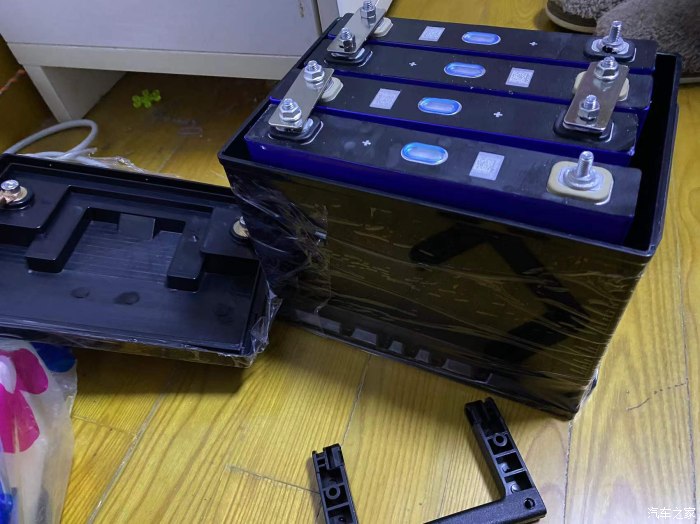
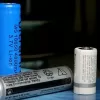
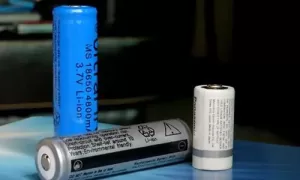
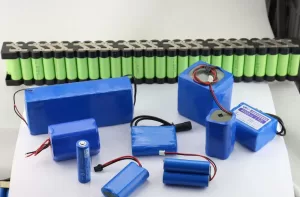
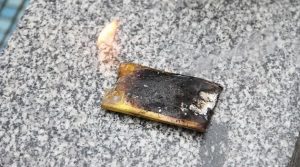
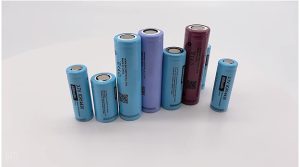
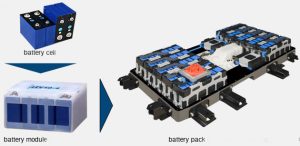
Leave a reply